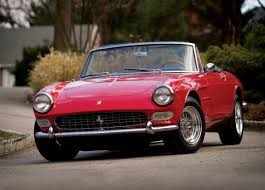
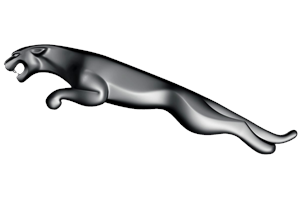

This edition of the Jaguar E Type 5.3 V12 is the 4 speed / Manual version and was first brought out in 1972. This was at around the same time as the introduction of the 1973 Monteverdi Hai 450 GTS and the 1973 Ferrari 365 GTB/4 Daytona.This particular Jaguar E Type has a 5344cc Naturally Aspirated Petrol powerplant with 12 cylinders in a V formation.
The E Type shares its Petrol V12 engine configuration with the likes of the 2021 Aston-Martin Valkyrie Coupe 6.5 V12 and the 2021 Aston-Martin Valkyrie Spider 6.5 V12. If you're looking for other fast cars which share the E Type's Rear Wheel Drive, Saloon combination then how about the 1982 Fiat X1/9 1.5 8V or the 1965 Aston-Martin DB6 1965.
Weighing in at 1530 kgs (3373 lbs) this makes the Jaguar E Type 5.3 V12 in the same weight category as the 2022 Porsche 911 Carrera T 3.0 Turbo 992 or the give or take 50kg.
In terms of power the 5344cc 24V V12 engine produces 253 bhp (188 kW) @ 6000 rpm similar to the 2022 Hyundai i30 N Performance 2.0 Turbo (276 bhp) or the 2022 Mini Cooper John Cooper Works Cabrio 2.0 Turbo (228 bhp).
The Naturally Aspirated V12 throws out 288 lb-ft (390.4 Nm) @ 3500 rpm placing it with cars of similar torque performance figures such as the 2023 Porsche Cayenne E-Hybrid 3.0 V6 Turbo (310 lb-ft) or the 2023 Porsche Cayenne Coupe E-Hybrid 3.0 V6 Turbo (310 lb-ft).
If one combines the weight with power or torque performance for the Jaguar E Type you can get a better idea of it's real world performance.
![Audi A6 S6 4.2 Quattro - [1999] image Audi A6 S6 4.2 Quattro - [1999] image](/editionimages/92.jpg)
The 1999 Audi A6 S6 4.2 Quattro (189.9 bhp per ton) has similar Bhp Per Ton stats as the Jaguar E Type.
The Jaguar E Type has a Power to weight ratio of 165.3 bhp per ton and 188.2 lb-ft per ton. Bhp Per Ton figures of the 1972 E Type competing with the 1999 Audi A6 S6 4.2 Quattro (189.9 bhp per ton) or the 2014 BMW 2 Series M235i Cabriolet Auto F23 (189.9 bhp per ton).
If you agree with the late great Carroll Shelby then arguably an even better indicator of potential performance, Torque. Use weight as well and you end up with - Torque per ton, with the Jaguar E Type generating around 188.2 lb-ft per ton. If you're curious as to what other cars have as much torque to weight then look no further than the 1961 Jaguar E Type 3.8L Roadster (213.1 lb-ft per ton) or the 2008 Aston-Martin Vantage V8 (212.8 lb-ft per ton).
With a 0-60mph time of 7.40 secs or a 0-100km/h (0-62mph) of 7.6 secs, this made the Jaguar E Type 5.3 V12 as fast as the 2019 Ford Focus ST 2.0 EcoBlue (7.40 secs) the 2013 KIA Pro Ceed GT 1.6 Turbo (7.40 secs) the 2012 Seat Ibiza 1.4 FR Turbo Supercharged (7.40 secs) the or the 2012 Mini Cooper S Paceman (7.40 secs). This Jaguar E Type 5.3 V12 is also faster than the 2020 Audi A1 A1 Sportback 35 TFSI S tronic S line (7.50 secs) the 2019 Ford Focus ST 2.0 EcoBlue Wagon (7.50 secs) the 2017 Subaru Forester 2.0 XT Premium (7.50 secs) the and the 2017 Volkswagen-VW Golf GTD Variant 2.0 TDi DSG (7.50 secs).
When talking about the performance of the Jaguar E Type on the drag strip it can reach a quarter mile in an estimated 14.88 secs @ 91.9 mph. Similar performance down the quarter mile can be found with the the 2008 Honda Accord Coupe EX-L (14.82 secs), the 1991 Audi V8 4.2 V8 Quattro (14.82 secs), and the 2005 Ford Mustang GT 4.6 V8 Convertible (14.82 secs).
Modern performance cars are often artificially restricted to 155mph. The 1972 version of the Jaguar E Type 5.3 V12 has a maximum speed of 135mph.
If maxing out your car on the AutoBahn is your thing and you're wondering what's faster than the 1972 Jaguar E Type 5.3 V12 then how about the 2020 Audi A1 Sportback 40 TFSI S tronic S line (146 mph), the 2018 Alfa-Romeo Giulia Ti 2.0 Turbo (146 mph), or the 2018 Alfa-Romeo Giulia Q4 2.0L Turbo (146 mph).


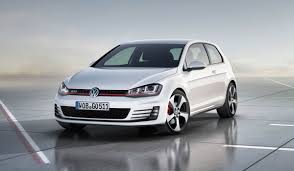




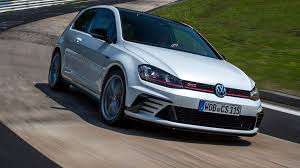
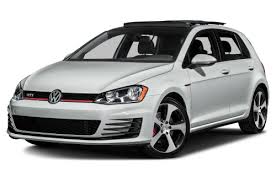

BMW 3 Series M3 GT E36
Engine: Naturally Aspirated Petrol | 2990cc 24v St6
Top Speed: 155 mph
0-60mph: 5.80 seconds
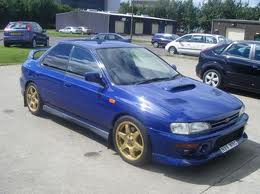
Subaru Impreza WRX STI V3 V-Limited - Classic JDM
Engine: Turbo Petrol | 1994cc 16v F4
Top Speed: 217.2 kph
0-100kph: 4.9 seconds



















